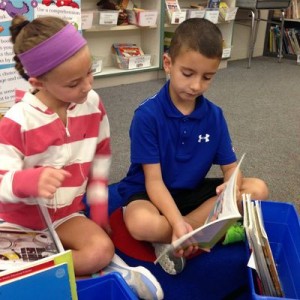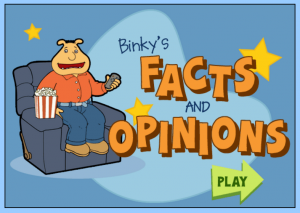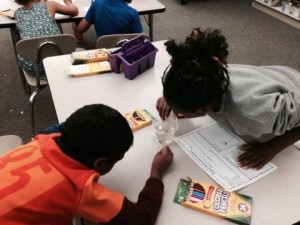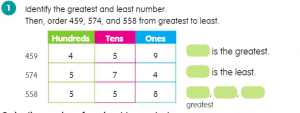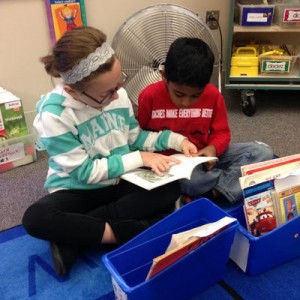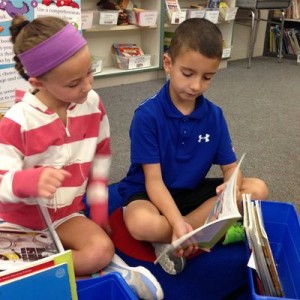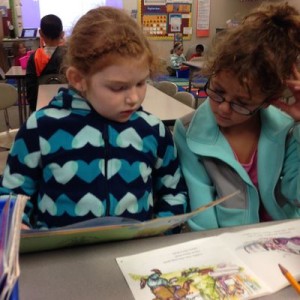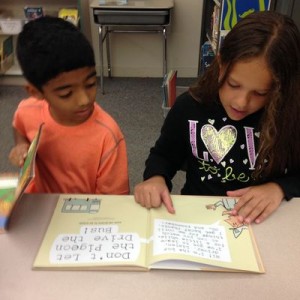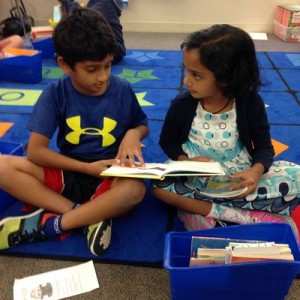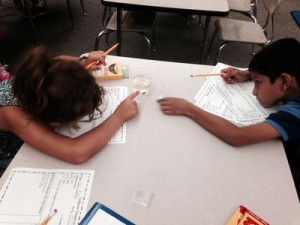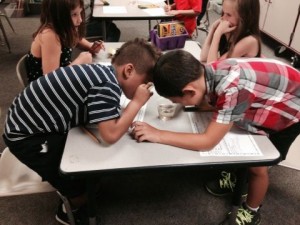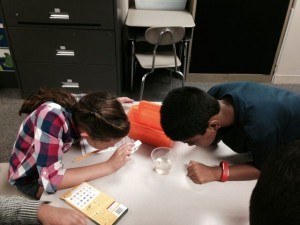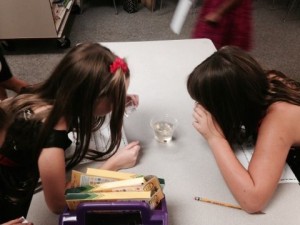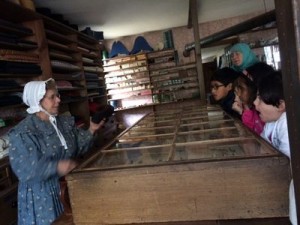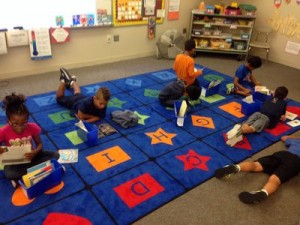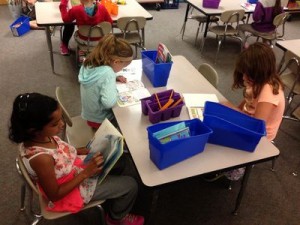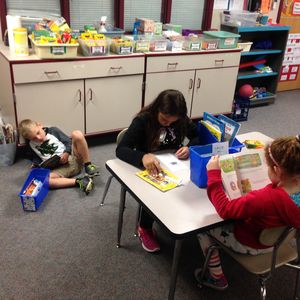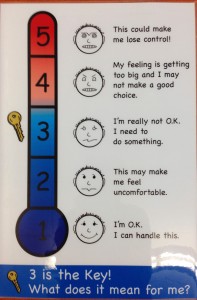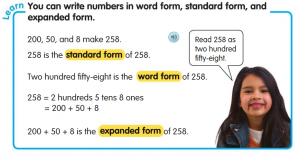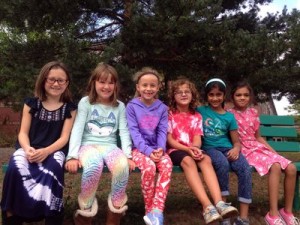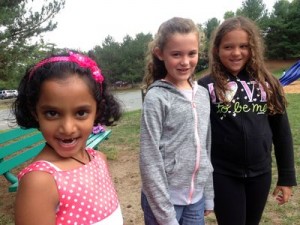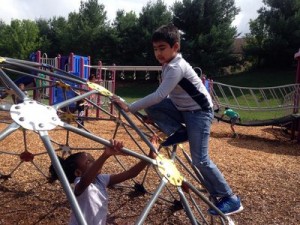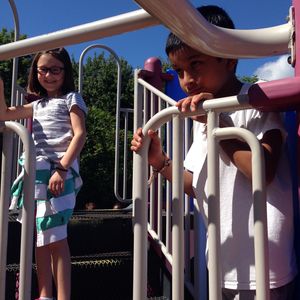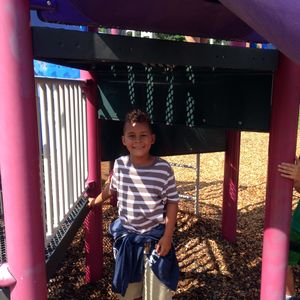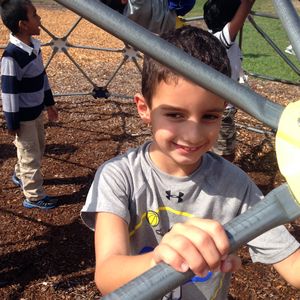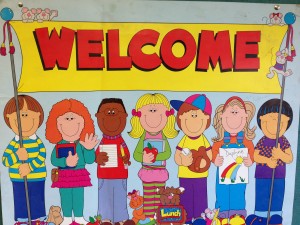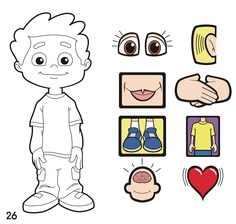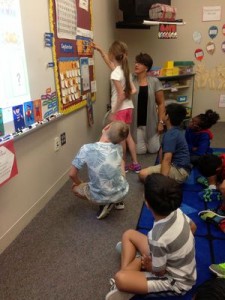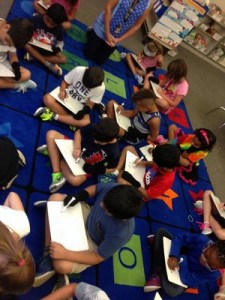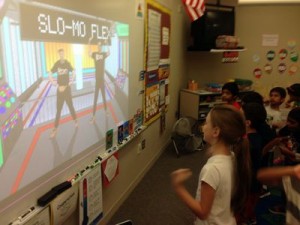Posted by kavery508 | Posted in Uncategorized | Posted on September 26, 2016
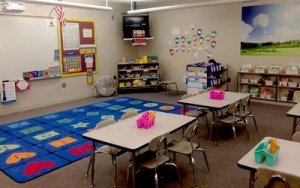 Thanks for the great turnout Wednesday night! I especially appreciate your generosity of spirit as you worked cooperatively to wrestle with some of this year’s big ideas in learning. You demonstrated our core values well and provided excellent role models for your kids. They were beaming when I recounted our work together–they’re proud of you, too!
Thanks for the great turnout Wednesday night! I especially appreciate your generosity of spirit as you worked cooperatively to wrestle with some of this year’s big ideas in learning. You demonstrated our core values well and provided excellent role models for your kids. They were beaming when I recounted our work together–they’re proud of you, too!
Parent Conferences: I was able to create a signup at Signup Genius that does not require a new or existing account from you. Email invitations will be sent out this afternoon: simply click the link and type your name in one available slot. Email reminders will be sent out 2 days prior to meeting.
Math Tests: Our Chapter 1 math test will come home with a “B-A-N” document attached. This paper lets you know which test questions were at basic and applied levels, reflecting a student’s mastery of what was taught, and at the novel level, where students were challenged to try working through a high-level problem. Mastery/perfect score is not expected for novel problems.
Writing: Weekly writing pieces will most often come home with two scores: Focus, and English/Conventions. The numbers correspond to report card ratings (3=Proficient, 2=Making Progress). Focus refers to the students use of organization, detail, length of sentences, and clarity of thought, while Conventions refers to spaces, spelling, endmarks, and correct upper/lowercases. It’s not unusual to see “2s” at first. We’ll be targeting those skills in small group work and 1:1 writing sessions.
Field Trip: We still need 2-3 chaperones for our trip on October 14th. Please consider joining us if you can! The time commitment is 8:25-2:45.
Math Homework Starts This Week: The district’s recommendation is 20 minutes in grade 2, exclusive of reading. Since students work at different speeds, if you find your child has worked diligently but is hitting a frustration level when time is up, you can stop there and jot a note on the page. Once all homework subjects have begun, an appropriate amount of time is 10 minutes on math; 5 minutes on math facts; and 5 minutes on reading responses.
Every night, your child should bring home a colored “Math Homework Resources” folder, in addition to the green communication folder. In the front pocket will be a stapled packet with all 4 nightly assignments. The pages are pre-dated and sometimes they will be double-sided. Students should complete each night’s work; put the packet back in the front pocket; and return the folder the next day along with the green folder. Each morning, I will check the homework and students will return the packets to the folder.
In addition to the packet, there will be 2 optional homework pages sent home each week, marked “Optional Challenge” at the top. They will be placed in the back pocket of the math homework folder. They are great for kids who are ready to think more deeply and broadly about the math concepts we’re working on, and who finish other homework early–but they’re great for everyone else, too! In any case, these pages are not required work; as such, they can be returned any day of the week or not at all.
The pages in the center of the homework folder are there for several reasons. There are vocabulary pages that remind students of the math terms taught in class that they are expected to know (and that show up on homework and tests). You’ll also see sample pages copied from our math book that show how concepts are being taught, and what the homework is looking for students to do. You will also find pictures of base-10 blocks. These can be cut out and kept at home to help when students are stuck understanding and computing with 3-digit numbers, and any time the numbers involved prove too challenging to do it all mentally. I will add to the pages periodically throughout the year.
Regarding how much help to give your child: Please DO help read directions if s/he needs it. Then ask how s/he thinks they should go about solving items. Remind them about using resources in the folder when writing words, etc., and by all means help them if they’re stuck or need a hand getting started. Please DON’T write answers for your child.
The first two nights of homework introduces students to strategies for mental addition. Since this approach is new to most of us grownups, I’ve made a video demonstrating them:
For additional fun practice, students can use the Greg Tang game Break Apart (see link under “Student Resources” above). Select “Addition”; choose which strategy; and click “easy” or “hard”.
And remember, you can access our student Math eBook anytime via your page in Powerschool! This is Chapter 2, lesson 1. As always, hit me with any questions! <“)

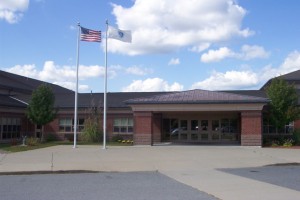
 Our Daily 5 CAFE focus this week is on activating schema and making connections when we read (part of Comprehension). These are HUGE strategies for young readers. Schema is what a reader understands about anything in life. We have schema about topics like making friends, seasons of the year, and so on. We also have schema for how to solve problems, and how we approach reading. Sometimes our schema is correct and sometimes it contains misunderstandings, which we learn to correct by reading and thinking. We therefore teach young readers to recognize what their schema is telling them and to use it as an access point to understanding what is read by making connections to it. Questions to ask your child during reading (either aloud to him/her or when s/he is reading): What do already know about ____ and what do you wonder? What does that remind you of in your life? This kind of thinking can help students understand characters, plot, and information better. More info is at Reading Rockets, a terrific literacy site for teachers and parents:
Our Daily 5 CAFE focus this week is on activating schema and making connections when we read (part of Comprehension). These are HUGE strategies for young readers. Schema is what a reader understands about anything in life. We have schema about topics like making friends, seasons of the year, and so on. We also have schema for how to solve problems, and how we approach reading. Sometimes our schema is correct and sometimes it contains misunderstandings, which we learn to correct by reading and thinking. We therefore teach young readers to recognize what their schema is telling them and to use it as an access point to understanding what is read by making connections to it. Questions to ask your child during reading (either aloud to him/her or when s/he is reading): What do already know about ____ and what do you wonder? What does that remind you of in your life? This kind of thinking can help students understand characters, plot, and information better. More info is at Reading Rockets, a terrific literacy site for teachers and parents: